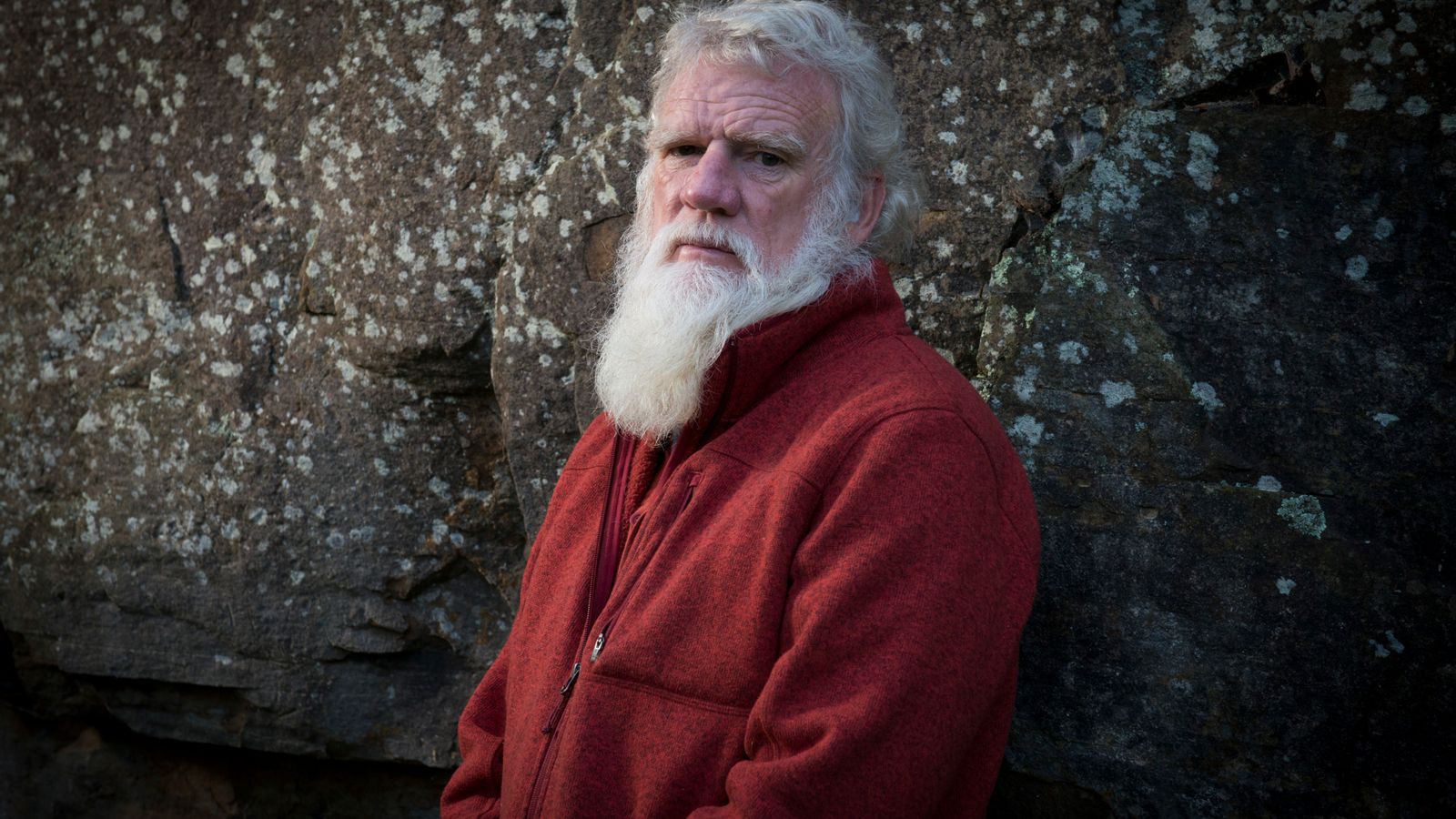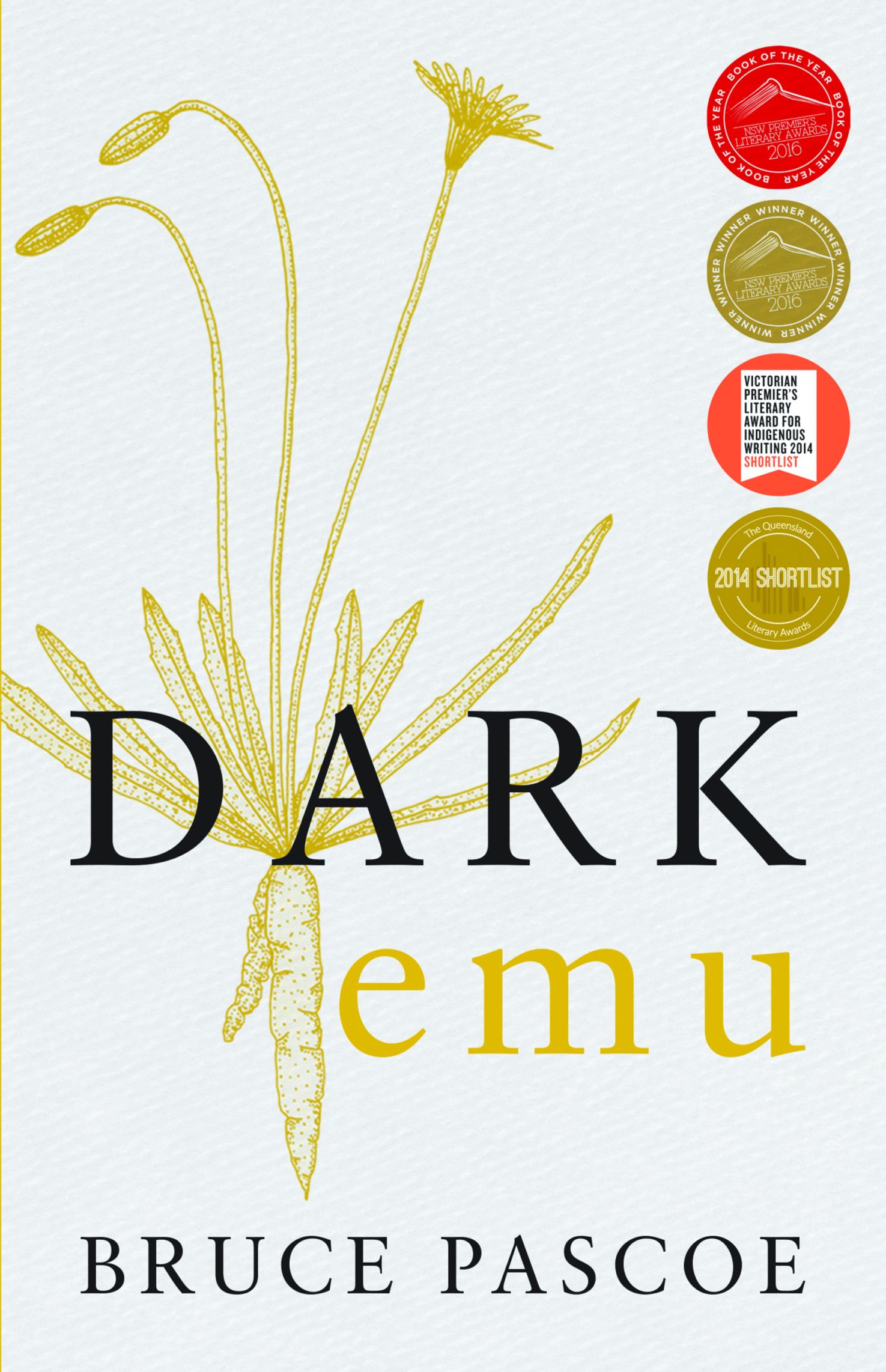
Bruce Pascoe's "Dark Emu" was published in 2014, a landmark book illuminating the sophisticated food production and land management practices used by aboriginal people before colonisation. It went on to win the NSW Premier's Book of the Year in 2016, and Bruce was awarded the Australia Council's Award for Lifetime Achievement to Literature in 2018. Here, he talks about the key themes that Bangarra have interpreted for their dance work of the same name.
What does the term ‘Dark Emu’ refer to?
"The title refers to the shape of the Dark Emu in the night sky, which represents Baiame, one of the spirit creator figures of Aboriginal Australia. The emu is also a grain feeding bird, and plains bird, so the reference is to the creator spirit and to Aboriginal food production."
One of the key concepts explored by Bangarra in our interpretation of Dark Emu is kangaroo grass and its role in communities. Why is it such an important plant?
"Kangaroo grass is just one of 130 grasses in Australia, but it is very important because a form of kangaroo grass appears in most parts of the country. It’s highly nutritious so it’s a very important component of the Aboriginal economy, and the shape of the seed head is like a kangaroo’s foot, so it has an emblematic importance as well."
A key section in the work looks at the bogong moth: could you explain its significance for us?
"People went to the bogong moth festival from all over the South East corner of Australia, from as far afield as Melbourne to Lakes Entrance to Mallacoota, Eden, Bega, Albury-Wodonga: all of those places. They ate bogong moth, obviously: it’s so rich in oils that Europeans who saw the people coming down from the mountain after that festival said that their bodies glistened with the fat from the moth exuding from their skin. They were very strong and tall people, and Europeans were very impressed by their physical wellbeing."
Another key section looks at the impact of the introduction of the blowfly. Can you tell us a little bit about the differences between the giant, noisome flies so common in Australia today, and the native flies that came before them?
"The blowfly was introduced unintentionallywith the cattle. It was an insect which, in its own environment, was not a pest, but here quickly became one. It’s really representative of a change in the environment. It’s much the same with bees. Native bees are stingless and produce beautiful honey, but not in the same volume as the European honey bee. The European honey bee had a huge impact on the environment, because it’s taken over the nesting holes of Indigenous bees, as well as the nesting holes of some birds."
The introduction of cattle is something Bangarra unpacks in the section ‘Trampled by Indifference’. What was the impact of these hard-hooved animals on Australia’s land?
"When the British first arrived in Australia they noted how light the soils were and how the tilth of the soil was very deep: you could run your fingers through the soil. Those who reported on it also noted that within only a few months of sheep being introduced, the soil became hard, and the water ran off the land and created floods, which was an experience that the Aboriginal people hadn’t had before."
Have you had any positive stories from farmers around Australia who’ve read your book, and are interested in incorporating traditional practices to get the best out of the land?
"There are a number of people working in this area. There seems to be a different mood in the country now to acknowledge and respect Aboriginal culture, and a greater movement to respect the earth itself. There are two books of note here: Bill Gammage’s The Biggest Estate on Earth, and Charles Massy’s The Call of the Reed Warbler. What has impressed me is the huge numbers of young people who are interested in Australian Aboriginal foods and care of the earth. Permaculture groups, land care groups, and farmer’s associations have been very active in taking up some of these ideas. We’re finding Indigenous groups and land care groups across the globe are realising that we can’t continue to abuse the earth to the extent that we have and that we have to undertake a program of repair."

-
Author of Dark Emu
Bruce Pascoe
-
Author of Dark Emu